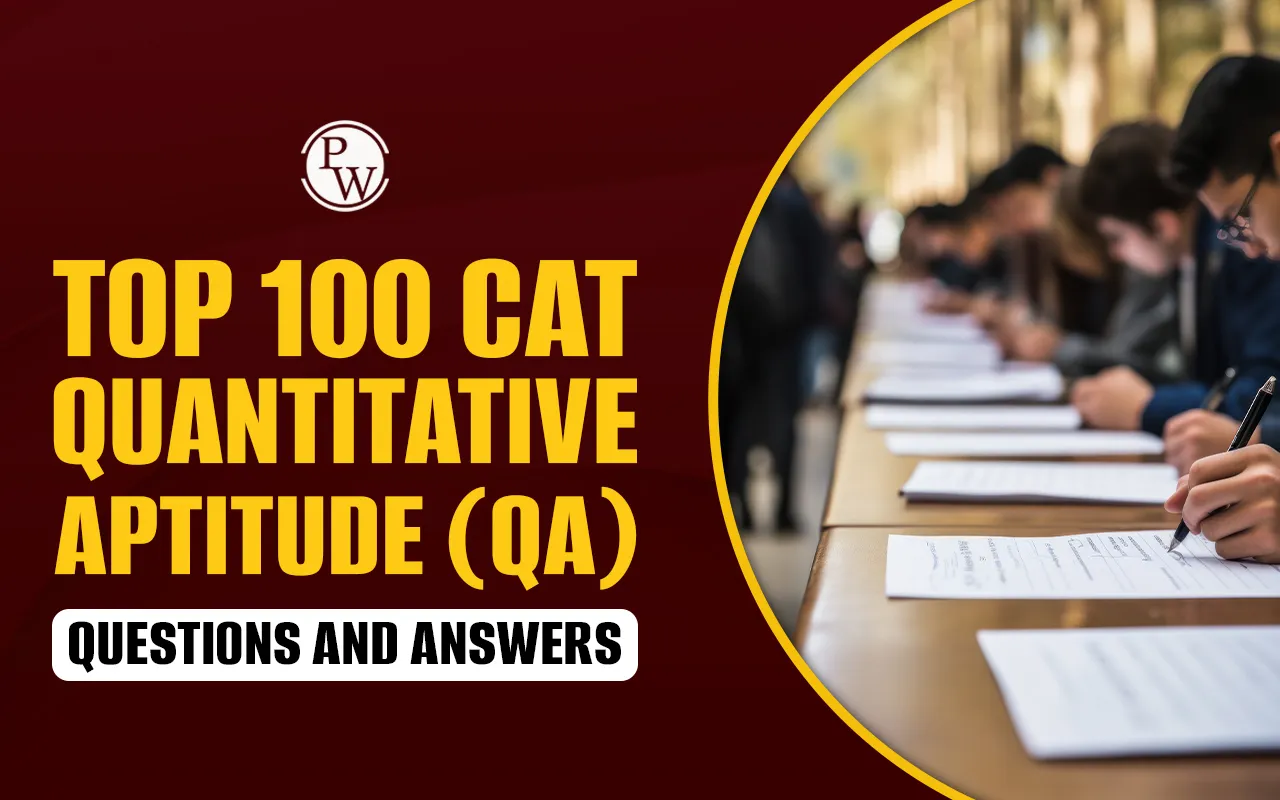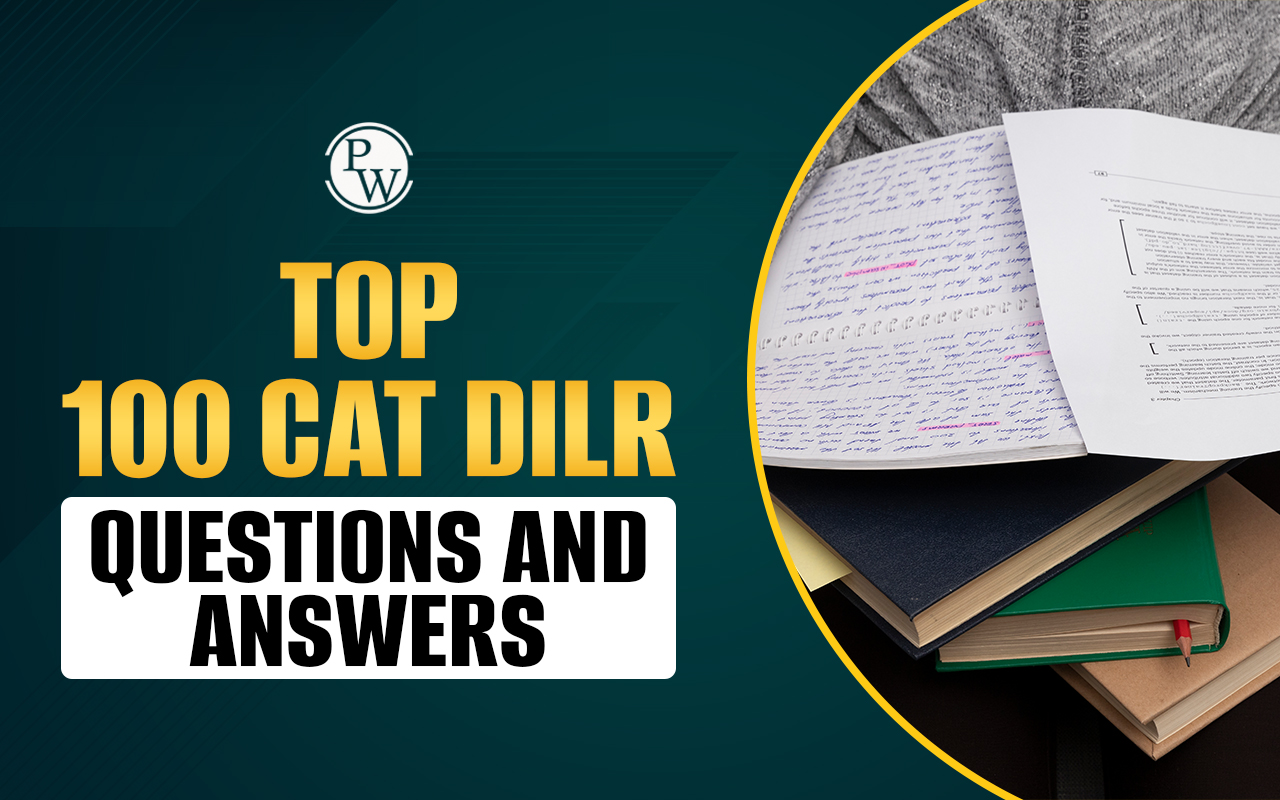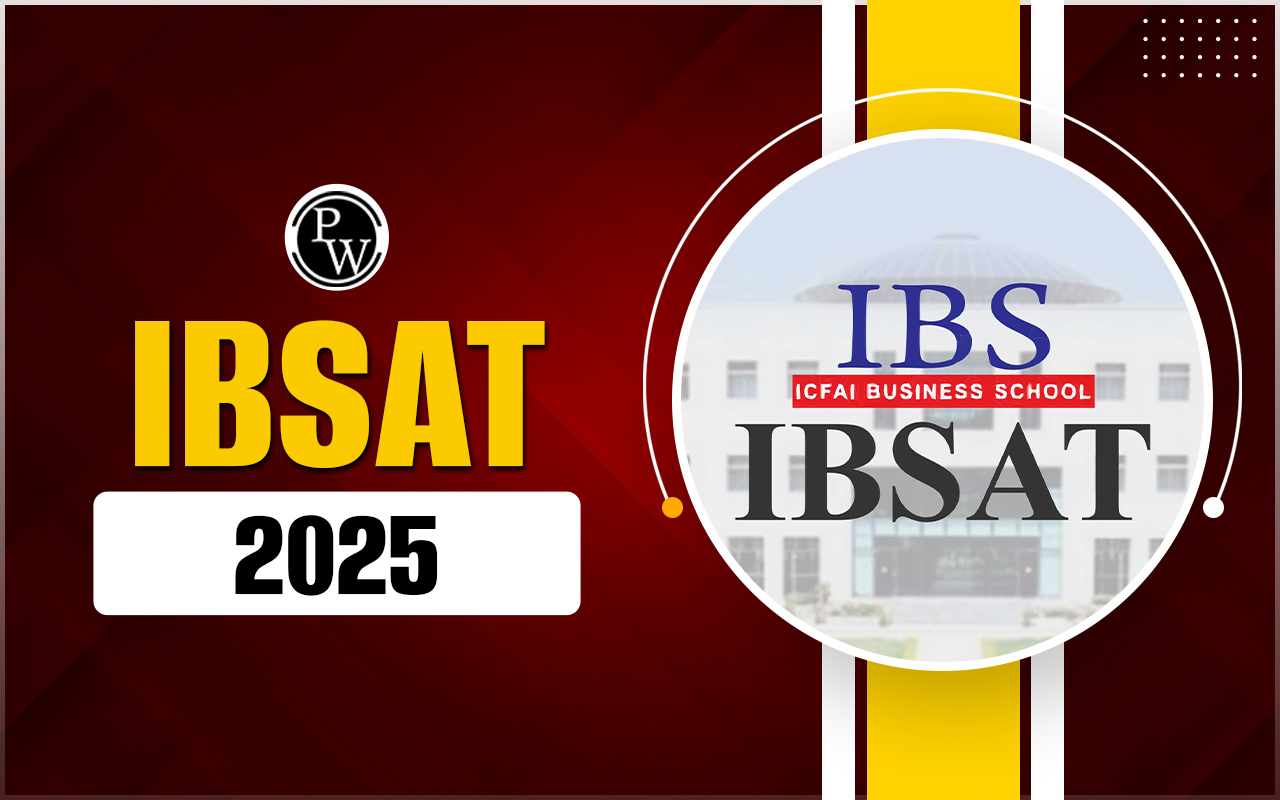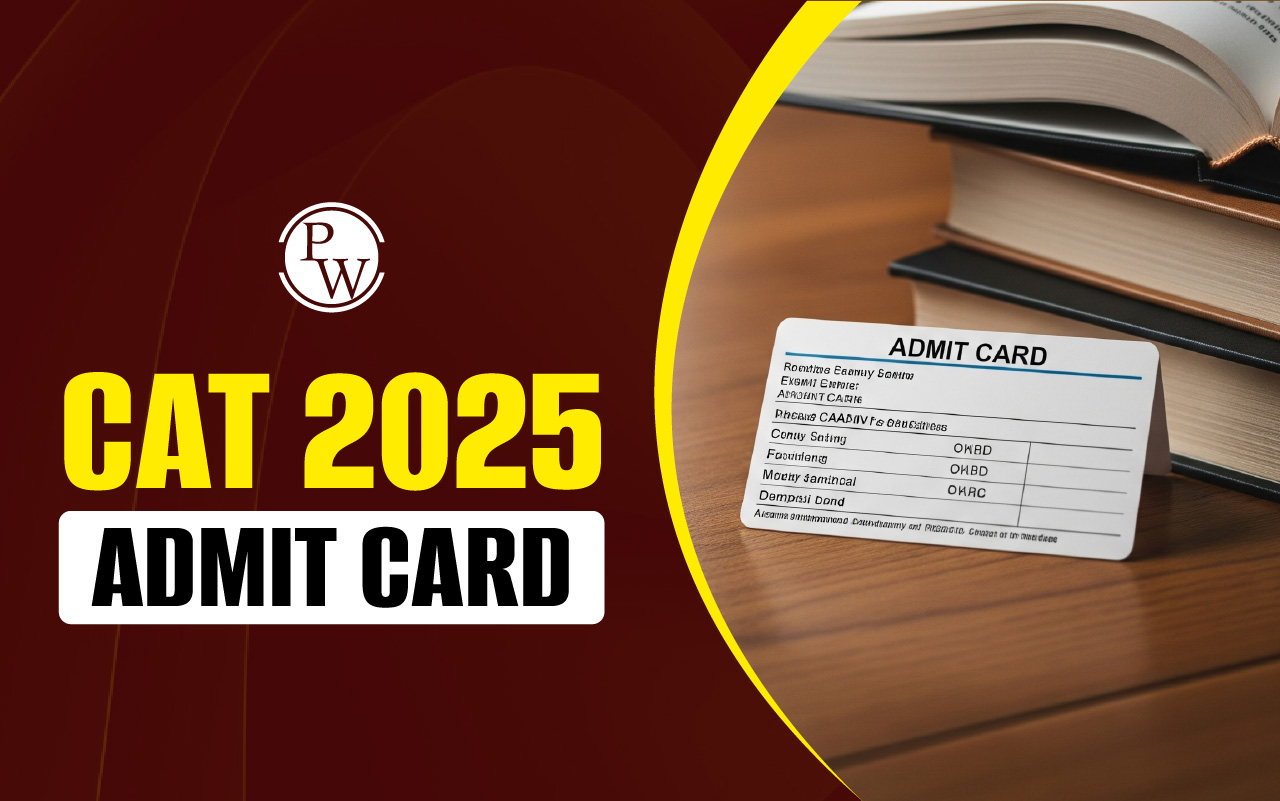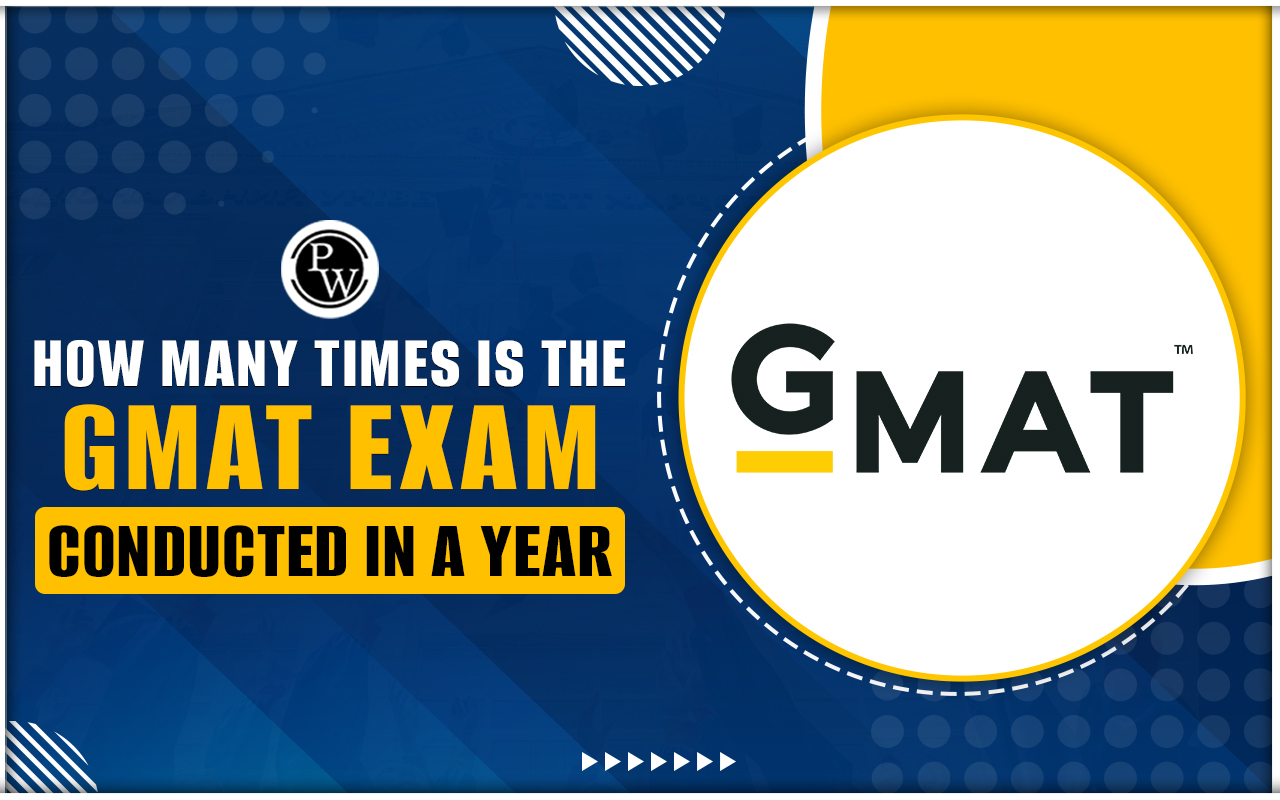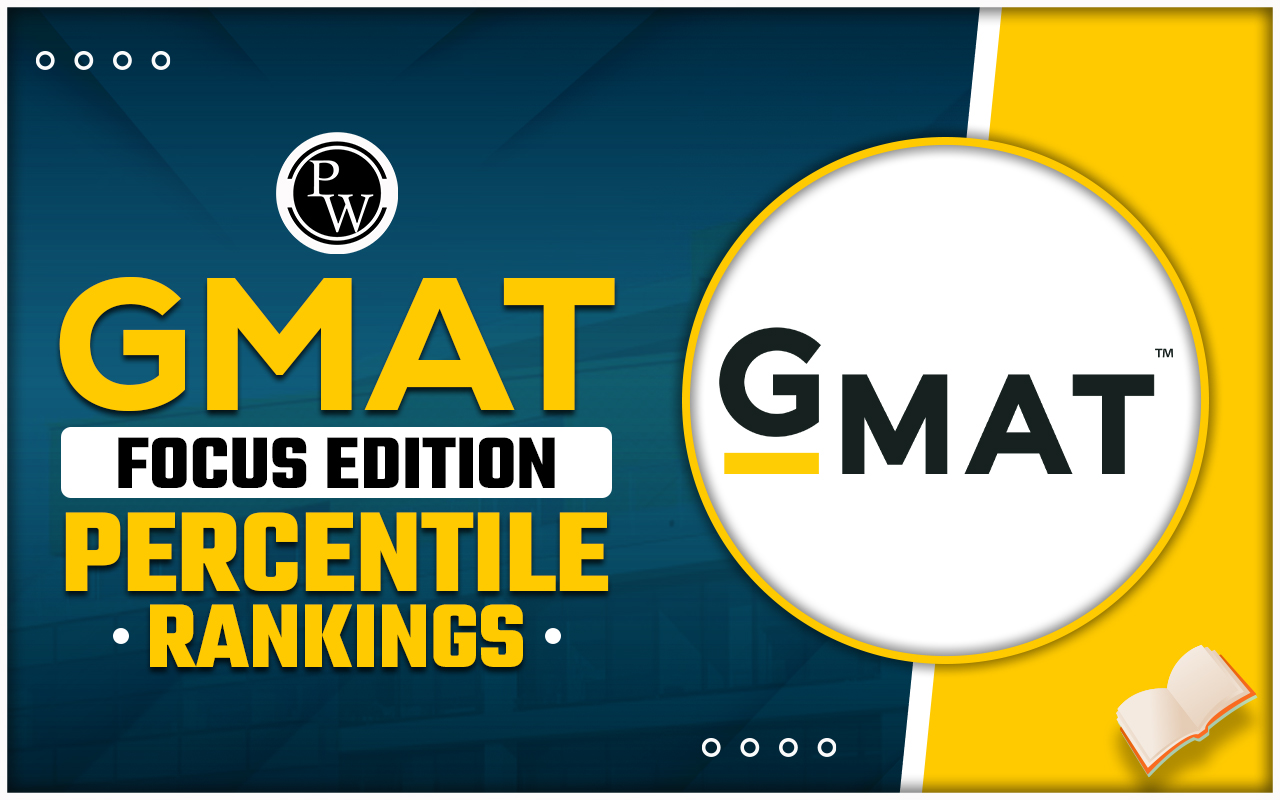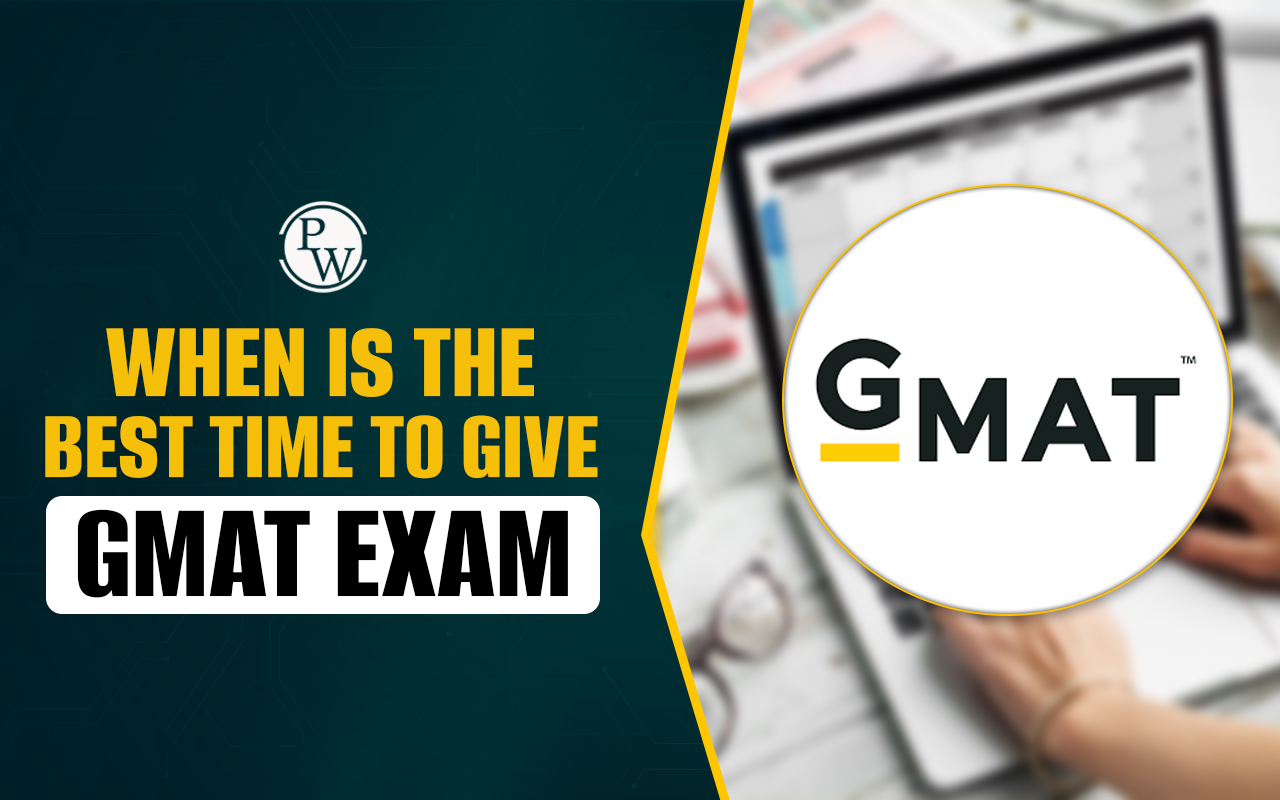
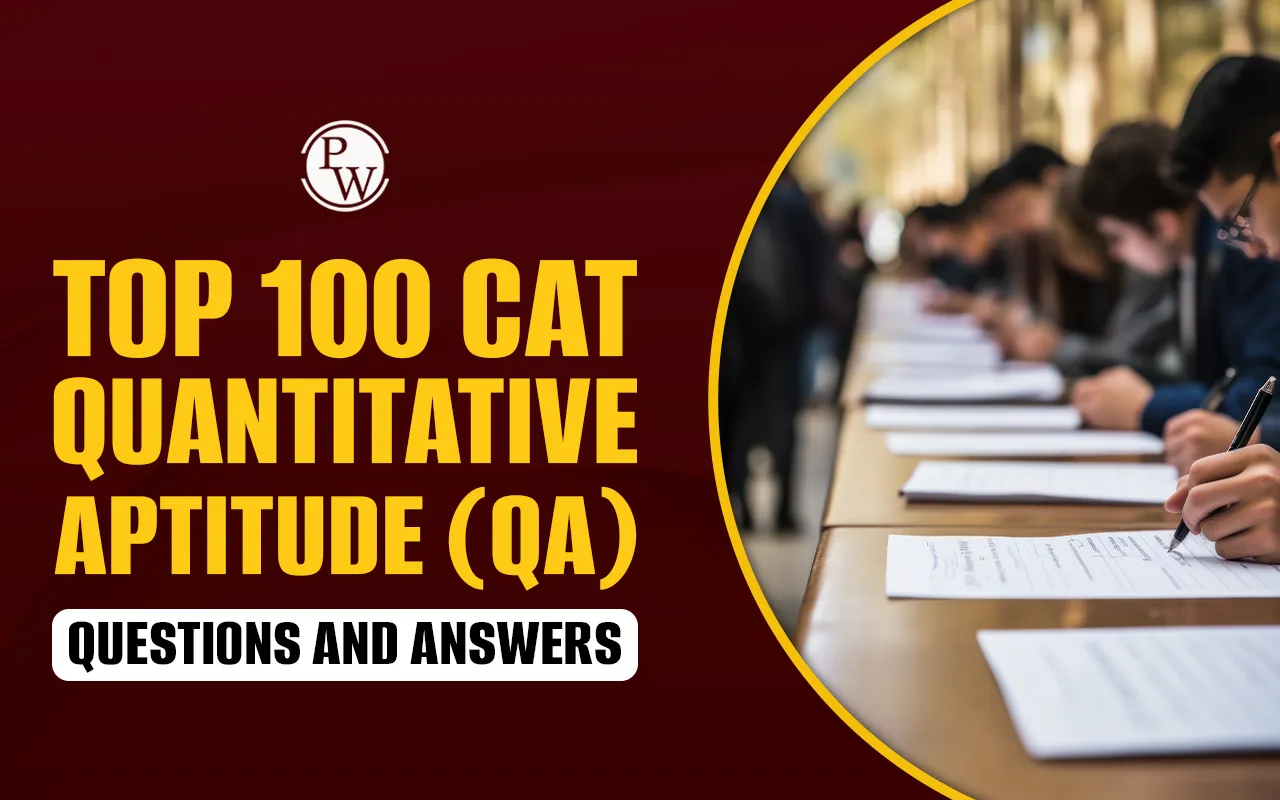
Top 100 Cat Quantitative Aptitude (QA) Questions and Answers: The CAT Quantitative Aptitude (QA) section involves advanced math problems based on Class 9 and 10 topics. These CAT Quant questions can be tough and need strong calculation skills. Key areas like Algebra, Geometry, and Modern Math form the basis of most questions, so accurate practice is vital.
To ensure success, use the Top 100 CAT Quantitative Aptitude (QA) Questions and Answers daily. Solving these specific cat qa questions for practice helps you master shortcut calculations and apply formulas instantly. This dedication improves your accuracy and speed, helping you score high in the CAT exam.
Top 100 Cat Quantitative Aptitude (QA) Questions and Answers
CAT Quantitative Aptitude (QA) tests your math and problem-solving skills for the CAT exam. This resource gives you the Top 100 CAT Quantitative Aptitude (QA) Questions and Answers needed for preparation. It includes 100 must-solve problems with solutions to help you start your practice immediately. Use these CAT Quant questions to master topics like Arithmetic and Algebra and boost your overall exam score.
Important CAT Quantitative Aptitude (QA) Questions and Answers
The Top 100 CAT Quantitative Aptitude (QA) Questions and Answers are a crucial step for your exam success. This list covers all important concepts to help you prepare effectively for the CAT exam.
Q1. In a company, 25% of the employees are part-time workers. Among them, 60% are skilled, while the overall skill rate of all employees is 40%. If K of the total employees are unskilled full-time workers, what is the value of K?
Answer: 50
Q2. A wallet contains a certain number of 2-rupee and 5-rupee coins. If 2-rupee coins worth Rs. 800 are added, the percentage of 2-rupee coins becomes 60%. If, instead, 2-rupee coins worth Rs. 1000 are added and 5-rupee coins are added such that the total amount increases by Rs. 3000, the percentage of 2-rupee coins becomes 50%. Find the original amount in rupees in the wallet.
Answer: 4000
Q3. At a fixed-price market stall, every item is sold for the same amount. Two different items, whose cost prices differ by Rs. 10, are sold at profits of Rs. 20 and Rs. 24, respectively. What is the profit earned in rupees on the more expensive item?
Answer: 62
Q4. A merchant used a rise in production cost by Rs. 30 as a reason to increase his product’s selling price by Rs. 45. This adjustment led to an increase of Rs. 6 in his profit. Based on this, how many of the following is determinable after the changes? (a. Cost Price b. Selling Price c. Profit d. Profit percentage)
Answer: 1
Q5. One-fourth of a solution containing juice and water in the ratio 4:1 is taken out and replaced with the same quantity of water. Then again, one-fourth of the resulting solution is removed and replaced with an equal quantity of juice. What is the final ratio of juice to water in the mixture?
Answer: 7:3
Q6. A mixture of alcohol and water contains 50% alcohol. It is split into two equal parts, named Solution X and Solution Y. To Solution X, a mixture containing 40% alcohol is added in the ratio 1:3, forming Solution M. To Solution Y, a mixture with 68% alcohol is added in the ratio 1:3, forming Solution N. If Solutions M and N are then combined, what will be the percentage of alcohol in the final mixture?
Answer: 53%
Q7. A tank contains a mixture of juice and water. If 18 litres of another mixture containing 25% juice is added to the tank, the resulting solution has 35% juice. However, if 12 litres of a different mixture with only 65% juice is added instead, the resulting concentration drops to 55% juice. What is the percentage of juice in the original mixture present in the tank?
Answer: 47%
Q8. Tap M alone can fill a reservoir in 32 hours, while tap N is another inlet supplying water at a constant rate of 18 litres per hour. The process begins with only tap M running. After 4 hours, tap N is also switched on. Both taps continue to run together for the next 10 hours, after which tap M is turned off. From that point, only tap N continues to fill the reservoir. If the tank gets completely filled 25 hours after tap M was closed, determine the total volume of the reservoir in litres.
Answer: 1120 litres
Q9. Worker A can finish a task in 10 hours when working without breaks, while worker B can complete the same task in 15 hours with uninterrupted effort. They both begin working together at 9:00 a.m. However, A follows a pattern --- he works for 40 minutes and then takes a 20-minute break every hour. Meanwhile, B works continuously without stopping. At what time will the task be fully completed?
Answer: 4:24 PM
Q10. X and Y working together can finish a project in 15 days. If X is three times as efficient as Y, then by how many days does X complete the work sooner than Y when each works alone?
Answer: 40 days
Q11. In a m-meter race between P and Q, P starts 80 meters behind the starting line and wins against Q by 220 meters. In the same race, If P gives Q a 150-meter head start, P still wins by 100 meters. Determine the value of m.
Answer: 400
Q12. A duck traversed 24 km upstream and 36 km downstream within a span of 7 hours. The subsequent day, it covered 30 km upstream and 48 km downstream in 9 hours. The stream’s speed doubled compared to its usual pace due to heavy rainfall the next day. Calculate the duration required by the duck to swim 21 km upstream and 30 km downstream under these altered conditions, in hours.
Answer: 9 hours
Q13. Alice and Bob always travel at constant speeds. They start at the same time from two opposite points, X and Y, and walk towards Y and X respectively. Each time they reach points X or Y, they immediately turn around and walk back towards the other point. They first meet at a point 16 km from point Y and the second time at a point 8 km from point X. If the slower person’s speed is more than half of the other person’s speed, what is the distance between the point where they meet for the sixth time and point X?
Answer: 24 km
Q14. In a class, the students, all of different heights, are arranged from left to right in increasing order of their heights. If the last 4 students from the left are excluded, the average height of the remaining students decreases by 3 cm. Similarly, if the last 4 students from the right are excluded, the average height increases by 3 cm. The sum of the heights of the first 4 students from the left is 520 cm, and the sum of the heights of the first 4 students from the right is 760 cm. Determine the total number of students in the class.
Answer: 44
Q15. There are five stones and each of them has a distinct integral weight. If two stones are weighed at a time then the weights obtained in kilograms are 76, 77, 79, 80, 82, 83, 84, 85, 86 and 88. What is the absolute difference between the weight of the heaviest stone and the lightest stone in kilograms?
Answer: 9
Q16. The lengths of two trees A and B are in the ratio 4:7 and their rate of growth is in the ratio 5:3. After 10 days, one-third of the tree B was cut so that the length of the two trees becomes equal. What is the ratio of lengths of A and B after 5 more days?
Answer: 51:49
Q17. Four friends A, B, C, D invested some money not more than Rs. 1000 each at the start of the year in a company. After 2 months, A again invested Rs. 2000. Two months after B’s investment, C invested Rs. 2000. If the profits are equally distributed among the four friends after a year, then in what ratio did A, B, C, D invest at the start of the year?
Answer: 3:4:5:6
Q18. Bheema Jewellers is a well-known diamond jewellery shop. The owner has priced his diamond necklaces such that the cost of each necklace varies as the square of the number of diamonds in it. If a necklace has 8 diamonds then its cost is Rs. 1,60,000. Price for all necklaces is to be found by this method with no additional charges. Ravi wants to gift 3 diamond necklaces, one each for his mother, wife, and sister. He asks the owner of Bheema Jewellers to divide the 10 diamonds in a necklace in the ratio of 5:3:2 and create 3 different necklaces. What is the loss or gain in Rs. to Ravi on account of splitting the original necklace?
Answer: Rs. 1,55,000
Q19. A certain sum amounts to Rs. 10,080 in 2 years and to Rs. 10,710 in 3 years, at a certain rate where interest is compounded annually. How much will be the simple interest on Rs. 32,000 at the same rate for 3 years?
Answer: Rs. 6,000
Q20. A man invests Rs. 5,000 at a simple interest rate of 4% per annum for a certain number of years. At the end of the investment period, he receives the same amount of interest as if he had invested the same principal at 7% per annum compounded annually for half the number of years. From the following options, how many years may he invest the Rs. 5,000 at simple interest?
Answer: 10 years
Download Top 100 CAT Quantitative Aptitude (QA) Questions and Answers PDF
Practicing the right CAT Quantitative Aptitude questions is very important for every MBA aspirant. This PDF brings you a handpicked set of 100 CAT quant questions, along with clear and simple solutions. Solving these questions will help build strong understanding in areas such as arithmetic, algebra, geometry, and data interpretation. Use this PDF daily to improve your speed and accuracy for the CAT exam.
Most Important CAT Quantitative Aptitude Topics
Below are the main topics for CAT quant questions for practice. Focusing more on these topics can help students do better:
-
Arithmetic (Percentages, Profit & Loss, Time & Work, Ratios)
-
Algebra (Equations, Inequalities, Functions)
-
Geometry (Triangles, Circles, Quadrilaterals)
-
Mensuration (Area, Volume)
-
Number System (Divisibility, HCF/LCM)
-
Modern Math (Permutation & Combination, Probability)
-
Data Interpretation (Tables, Charts)
Common Mistakes to Avoid While Solving CAT Quantitative Aptitude Questions
Common errors can stop you from getting a top score in the QA section. Being aware of these errors helps you focus better and improves your accuracy on exam day.
-
Not reading the question fully, leading to missing details.
-
Forgetting units (for speed, area, money) in answers.
-
Overusing shortcuts without mastering basics.
-
Ignoring previously asked CAT quant questions for practice.
How Practicing These 100 Questions Can Improve Your CAT Score
Solving a wide range of CAT QA questions for practice builds speed and accuracy. It develops time management skills and boosts confidence. Students can spot their weak areas and improve steadily with the Top 100 Cat Quantitative Aptitude (QA) Questions and Answers
Practicing the top 100 CAT Quantitative Aptitude (QA) questions and answers is the right way to get ready. Focusing on key topics and learning from every mistake will help MBA students improve their CAT scores. Always solve memory-based, shift-wise, and official previous years’ papers. For the latest updates, solutions, and application process, regularly check the official CAT authority website
Join Physics Wallah MBA Pro 2026 Batch to effectively streamline your preparation under the guidance of good faculty. Strengthen your conceptual knowledge and problem-solving skills to score well in the MBA entrance exams.
